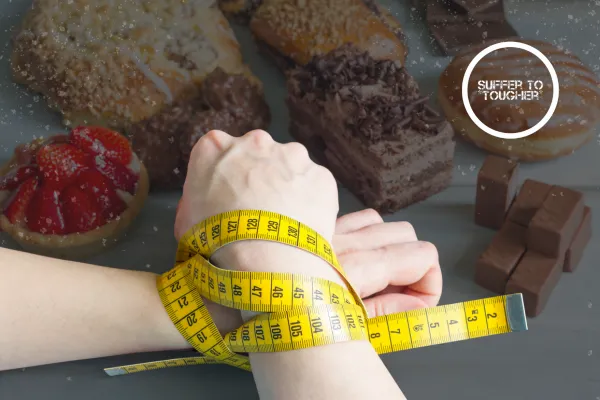
Food Addiction is Real - Here's What to Do About It
Food Addiction is Real - Here's What to Do About It
Most people don’t understand food addiction — until they’ve lived it.
It’s not just about willpower. It’s not just “eating too much.” It’s the compulsion to eat, even when you’re not hungry… the shame that follows… the promises to stop… and the cycle that starts all over again.
If that’s you, you’re not alone. And more importantly, you’re not broken.
What Food Addiction Is (and What It’s Not)
Food addiction is more than just emotional eating. It’s a brain-based survival response mixed with emotional triggers, stress, and trauma.
It’s not:
A lack of discipline
A character flaw
Something you can fix with a meal plan
It is:
A neurological response to dopamine spikes from sugar, salt, and processed foods
A coping tool for stress, anxiety, trauma, and loneliness
A cycle that creates real emotional and physical withdrawal symptoms
Just like drugs or alcohol, food addiction lights up reward centers in the brain. And when it becomes your go-to escape, it’s not something you can just “cut back on.”
Emotional Eating vs. Addiction Patterns
Here’s how to tell if you’re dealing with more than just occasional stress-eating:
You eat in secret
You plan binges in advance
You feel a loss of control once you start
You feel guilt and shame after eating
You make promises to stop, but don’t
You use food to numb uncomfortable emotions
Sound familiar? That’s not just hunger — that’s survival-mode soothing. And it deserves to be treated with compassion, not judgment.
How to Regain Control (Without Obsession)
You don’t need to starve yourself or swear off all carbs. What you do need is structure, support, and strategy.
Here’s how to start:
1. Acknowledge the truth.
Call it what it is — food addiction, binge eating, emotional eating. Labeling it gives you power over it.
2. Get curious, not critical.
Instead of “why did I mess up again?” ask, “what was I really needing in that moment?”
3. Build awareness around triggers.
Track your emotional states before and after a binge. What time of day? Who were you with? What were you avoiding?
4. Create a “pause plan.”
Before reaching for food, pause for 90 seconds. Breathe. Drink water. Journal. Move. Give yourself a chance to choose, not react.
5. Find support.
You don’t have to do this alone. Whether it’s a coach, therapist, or group — find a space where you can be honest and held accountable.
Your Next 3 Moves
If you’re reading this and feeling seen — here’s what to do next:
Download the 7-Day Mindset Reset to start healing your mental patterns.
Consider joining the 6-Week Reset — designed with real-life support for addiction recovery, fitness, and mindset.
Start tracking patterns, not just calories. (Our Suffer to Tougher AI can help.)
Final Thought
Food addiction doesn’t make you weak. It makes you human. And healing doesn’t start with restriction — it starts with understanding, support, and consistency.
You're not alone. And you’re not too far gone.
From suffer… to tougher.